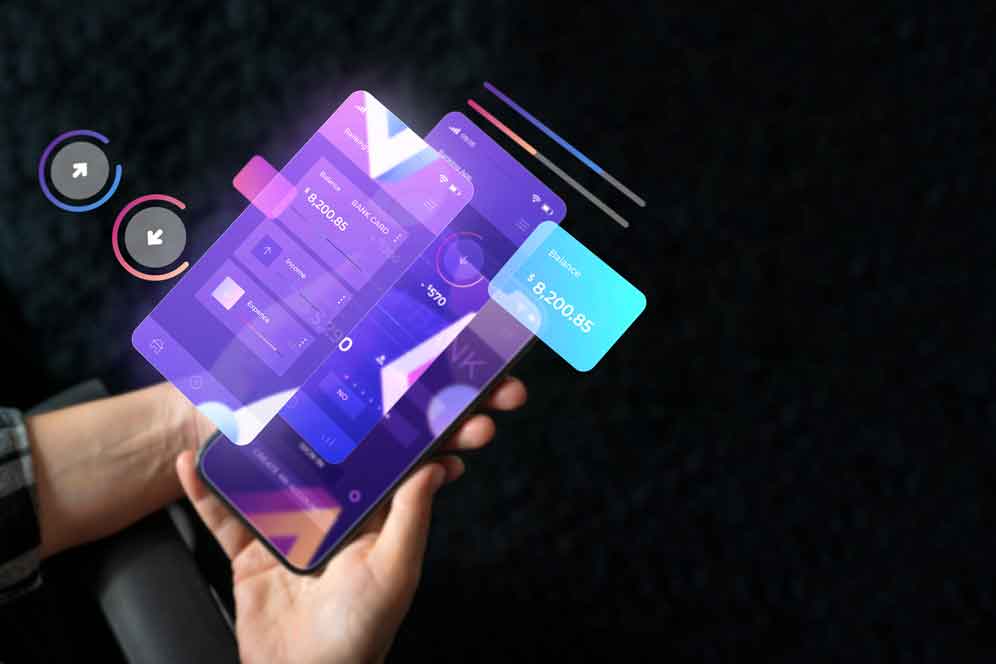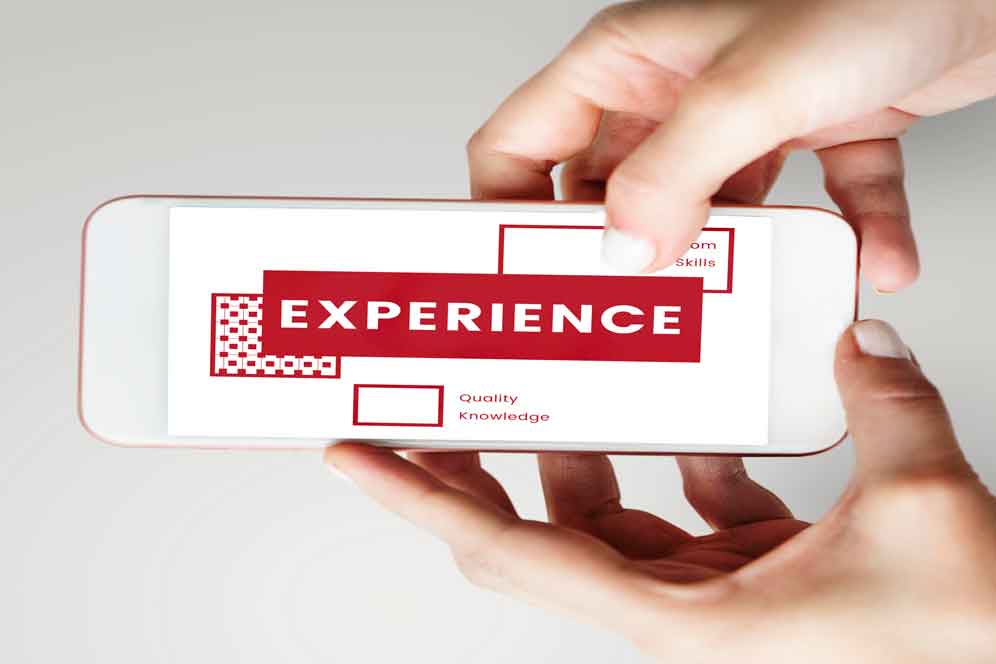Breaking Into UI/UX Design: A Beginner’s Guide
In today’s digital landscape, the way users interact with products can make or break a business. This is why UI/UX designers have become essential players in the tech industry. If you’re considering a career in this field, you’ve chosen an exciting path that blends creativity, psychology, and problem-solving. This guide will walk you through what UI/UX design is, the differences between the two disciplines, and how to launch your career in this growing field.What is UI/UX Design?
Before diving into how to become a UI/UX designer, let’s clarify what these terms actually mean.User Interface (UI) Design
UI design focuses on the visual elements that users interact with in a digital product. This includes:- Buttons, icons, and menus
- Typography and color schemes
- Screen layouts
- Responsive design elements
- Visual hierarchy and consistency
User Experience (UX) Design
UX design, on the other hand, deals with the overall experience a user has with a product. UX designers concentrate on:- User research and testing
- Creating user personas and journey maps
- Information architecture
- Wireframing and prototyping
- Usability and accessibility
The Difference Between UI and UX
A helpful analogy to understand the difference: if a product were a house, UX would be the foundation, framework, and floor plan ensuring the house functions well, while UI would be the paint, furniture, and decor that makes it visually appealing and aligned with the homeowner’s taste. As Nielsen Norman Group puts it, “UI is the saddle, the stirrups, and the reins. UX is the feeling you get being able to ride the horse.” While these are distinct disciplines with different focuses, they’re deeply interconnected. This is why many professionals specialize in both areas, becoming UI/UX designers who can address both the functional and aesthetic aspects of digital products. Essential Skills for UI/UX Designers
Essential Skills for UI/UX Designers
Whether you’re focusing on UI, UX, or both, certain skills are fundamental to success in this field:
Technical Skills
- User Research: Understanding user needs, behaviors, and motivations through methods like interviews, surveys, and usability testing.
- Wireframing and Prototyping: Creating low and high-fidelity representations of designs to test functionality and flow.
- Visual Design: Knowledge of design principles, typography, color theory, and layout.
- Interaction Design: Creating engaging and intuitive interactions that guide users through a product.
- Tool Proficiency: Familiarity with industry-standard tools like Figma, Sketch, Adobe XD, InVision, and others.
Soft Skills
- Empathy: The ability to understand and share the feelings of users.
- Problem-Solving: Finding creative solutions to complex design challenges.
- Communication: Explaining design decisions and collaborating with developers, stakeholders, and other team members.
- Adaptability: Being flexible and open to feedback and changes.
- Teamwork: Working effectively with cross-functional teams, especially developers who implement the designs.
How to Break Into UI/UX Design: A Step-by-Step Guide
1. Research the Industry
Start by understanding what UI/UX designers actually do day-to-day. Follow design blogs, join communities like Dribbble or Behance, and connect with professionals on LinkedIn. This research will help you determine if this career path aligns with your interests and goals. Research also helps you understand:- Current industry trends
- Salary expectations
- In-demand skills
- Typical career progression
2. Educate Yourself
Unlike some tech careers, UI/UX design doesn’t necessarily require a traditional degree. There are multiple educational paths you can take:Self-Learning Resources
- Courses: Platforms like Coursera, Udemy, and Skillshare offer comprehensive UI/UX design courses.
- Books: “Don’t Make Me Think” by Steve Krug and “The Design of Everyday Things” by Don Norman are essential reads.
- YouTube Tutorials: Channels dedicated to UI/UX design offer free learning resources.
- Design Blogs: Websites like UX Planet, Smashing Magazine, and Nielsen Norman Group provide valuable insights.
Structured Educational Programs
- Bootcamps: Intensive programs like Google’s UX Design Professional Certificate on Coursera provide structured learning.
- Certifications: Programs from recognized institutions can add credibility to your resume.
- Online Degrees: Some universities offer online degrees or certificates in UX design.
3. Master the Essential Tools
UI/UX designers rely on various tools to create, prototype, and test designs. Becoming proficient in these tools is crucial:Design and Prototyping Tools
User Research Tools
- UsabilityHub: For quick, remote user testing
- Hotjar: For heatmaps and user recordings
- Google Analytics: For understanding user behavior
- Optimal Workshop: For information architecture testing
4. Build Your Portfolio
Your portfolio is the most important asset for landing a UI/UX design job. Even without professional experience, you can build a compelling portfolio:Portfolio Projects to Consider
- Redesign an existing website or app
- Create a fictional app that solves a real problem
- Volunteer for nonprofits or small businesses
- Join design challenges like Daily UI
- Contribute to open-source projects
What to Include in Each Portfolio Project
- The problem you were trying to solve
- Your research and design process
- Wireframes and prototypes
- Final designs
- Outcomes and learnings
- Your specific role (especially for team projects)
5. Gain Practical Experience
Theory alone isn’t enough in UI/UX design. You need to apply your knowledge in real-world scenarios:Ways to Gain Experience
- Volunteer Work: Offer your services to nonprofits or local businesses.
- Internships: Look for UI/UX internships at companies of any size.
- Freelancing: Start with small projects on platforms like Upwork or Fiverr.
- Personal Projects: Create and launch your own digital products.
- Open Source: Contribute to open-source projects that need design help.
6. Get Certified (Optional)
While not mandatory, certifications can demonstrate your commitment and knowledge to potential employers:Reputable UI/UX Certifications
Choose certifications based on your career goals and the specific skills you want to highlight.
7. Network and Apply for Jobs
Networking is crucial in the UI/UX field, where many opportunities come through connections:Networking Strategies
Job Application Tips
- Tailor your portfolio and resume for each position
- Prepare for design challenges and interviews
- Create a compelling cover letter that showcases your passion
- Follow up after interviews
- Consider starting with internships or junior positions to gain experience
Common Challenges for Beginners
Every new UI/UX designer faces challenges. Being aware of them can help you navigate your early career more effectively:1. The Portfolio Paradox
The challenge: You need a portfolio to get a job, but you need job experience to build a portfolio. Solution: Create self-initiated projects, redesign existing products, or volunteer your services to build your initial portfolio.2. Keeping Up with Changing Tools
The challenge: Design tools and trends evolve rapidly. Solution: Focus on learning design principles, which remain constant, while staying adaptable with tools. Allocate time for continuous learning.3. Balancing Aesthetics and Functionality
The challenge: Creating designs that are both beautiful and functional. Solution: Always prioritize user needs and test your designs with real users. Remember that a gorgeous design that’s difficult to use is ultimately a failed design.4. Imposter Syndrome
The challenge: Feeling like you’re not qualified or talented enough. Solution: Remember that everyone starts somewhere, and even experienced designers continue to learn. Focus on progress, not perfection.The Growing Importance of UI/UX Design
UI/UX design has moved from a “nice-to-have” to a critical component of product development. Companies increasingly recognize that good design directly impacts:- Customer satisfaction and loyalty
- Brand perception
- Conversion rates
- User engagement
- Competitive advantage
Conclusion
Breaking into UI/UX design requires dedication, continuous learning, and practice, but it’s an achievable goal for those willing to put in the work. By understanding the fundamentals, mastering essential tools, building a strong portfolio, and networking with professionals, you can launch a rewarding career in this dynamic field. Remember that your journey won’t be a straight line. As designer Ira Glass famously noted, there’s often a gap between your taste (what you know is good) and your abilities when you’re starting out. The key is to keep creating, learning, and iterating. With persistence, your skills will catch up to your taste, and you’ll develop your unique voice as a designer. </hr>Additional Resources
Learning Platforms
Communities
Podcasts
Books
- “Don’t Make Me Think” by Steve Krug
- “The Design of Everyday Things” by Don Norman
- “Hooked: How to Build Habit-Forming Products” by Nir Eyal
- “100 Things Every Designer Needs to Know About People” by Susan Weinschenk




